本帖最后由 穎太世澤 于 2016-4-13 02:46 编辑 ' a& Q3 K% ~. t9 t7 |
+ q0 F8 X" a& Y6 h$ x+ t9 p6 I1 ?; G; F/ B9 y2 m+ c: w0 r
$ I5 T) m I3 n& w6 c* L+ ^
清宫镜鉴文化与典藏 图文摘录自 台北国立故宫博物院
$ J; P4 M7 K7 _& }The collection and culture of mirrors at Qing court
1 a# Z3 F) V1 X
9 `$ @% b B0 X/ B# G, r装匣陈设 铜镜的匣作装裱
Storage and display The mounting and cases of bronze mirrors
2 V) p2 O9 n# N# Z& f5 S. P# R; ^( ?" _3 w" t
乾隆皇帝将内府典藏的古铜镜著录于「西清四鉴」图谱,更依次制作〈西清古鉴〉、〈宁寿鉴古〉、〈西清续鉴〉、〈西清续鉴‧乙编〉、〈宁寿续鉴〉等五套书册式镜匣。每套约五十匣,作为紫禁城内位育斋、宁寿花园符望阁及盛京奉天行宫等宫殿的陈设。镜匣装祯华美繁复。封面与封底为木板裱香色地双色龙纹锦,木胎匣四侧以合牌纸砌成假书册形式。 The Qianlong emperor had the Qing imperial collection of ancient bronze mirrors recorded in the illustrated catalogues of ancient bronzes known as "Xiqing sijian," decreeing in turn the production of five album-style mirror case sets entitled Xiqing gujian, Ningshou jiangu, Xiqing xujian, Xiqing xujian yibian, and Ningshou xujian. Each set contains about fifty cases that formerly decorated such palatial areas in the Forbidden City as the Weiyu Studio and Fuwang Hall at the Ningshou Garden as well as the Mukden Palace. The mounting for these mirror cases is particularly well designed and beautiful. The front and back covers of the wood cases are composed of wood boards with a brocaded design of two dragons and a pearl, the four sides of the wood cases featuring cardboard cutouts to create an imitation book form.
/ ^1 O) s/ ]4 V! e" k" D) D- Z" k
- f( U/ h: R& ?+ d
内页糊天青色绫,封面内页为所储铜镜的写真画片,并有书写该镜器名及描述的黄签题记;封底内页则为山水或花卉画片。铜镜入匣后先覆以黄绫软托,再盖以雕刻精美的木盖。封底内页及木托背面所附画作、书法由乾隆的同宗兄弟、皇子、文臣、画工共同完成,反映了密切的君臣关系。 The inner leaf is decorated with light blue silk,the front cover page including a realistic painting of the bronze mirror within and yellow slip inscriptions for the mirror and its contents. The back coverleaf includes a landscape, figure or flower painting. Before being put into the case, the bronze mirror was covered by a yellow silk pad and then topped with a delicately carved wood cover. The painting and calligraphy for the back coverleaf and wood cover back were done together by the sons or brothers of the Qianlong emperor, his high officials, and painters, representing the close relationship between the ruler and his subject.
y8 ~! v0 O9 e. L X# W; @9 p1 E+ E# Z6 x# G* b6 ^
/ ^* o* C# `4 O7 d) j' T) i U+ x, B6 T
銅鏡的匣作裝裱 The mounting and cases of bronze mirrors
 ; \4 G# d; _ j' }1 |* d% B* K
% x7 h( i8 ^8 R
; \4 G# d; _ j' }1 |* d% B* K
% x7 h( i8 ^8 R 清 乾隆 〈西清续鉴‧乙编‧第一册〉镜匣 Qing dynasty, Qianlong reign, 1735-1796 Mirror Case Set Xiqing xujian yibian (Vol. 1)
1 E; y) n' R6 x1 J0 g. ?0 QLength: 44.5 cm, width: 31.1 cm, height: 5 cm
长44.5公分 宽31.1公分 高5公分
" w9 e0 G1 F* N+ ^& M1 _/ H* u/ `: Q, ^: d5 @, |, u( W
雕刻木盖附梁国治行书临欧阳询〈化度寺碑〉 Carved Wood Mirror Cover with Liang Guozhi’s Copy of Ouyang Xun’s "Stele of the Huadu Temple" in Running Script* G) h4 P! R9 `) @/ K5 o
7 P. ~8 s% [+ D: L7 x
径21.5公分 Diameter: 21.5 cm
, B2 c" [: h/ l3 ?8 ?
: P! \8 [1 l% |: e: b5 q( N, V: E. v) H. U1 Q4 a
匣贮铜镜一面,内有品鉴目录册页一开,书所收列为上上等铜镜四面,分贮于镜匣第一册一面,第二册三面。封底内页为永瑢画青绿山水并题,巍峨耸立的层迭山峦,楼阁隐现于云雾中,山间有松石流瀑,溪岸林木葱郁,深遂幽远,颇得宋元人笔意。透过镜匣圆形开窗,画面呈现如宋人小景山水的韵味,更是另一番景致,可见构图布局之用心。木盖刻蝠与磬于锦地上,象征「福」、「庆」,反面为梁国治(1723–1786)行书,临欧阳询〈化度寺碑〉。梁国治,字阶平,浙江会稽人,乾隆十三年进士,累官至户部尚书,为乾隆晚期重要词臣。工书法。此盖所附书法显现秀美精谨之书风,院藏数件梁国治临摹兰亭之作,可见其书学渊源与清初帖学传统之承袭。 One mirror is stored in this case, inside of which is also a catalogue page indicating that four mirrors of the "first top grade" were separately stored in the first and second volumes. The inside frontispiece features a blue–and–green landscape painting by Yongrong with an inscription, the peaks rising majestically in layers with buildings hidden among clouds and mists. In the mountains are pines, rocks, and a waterfall, the forests by the stream banks lush and verdant. The deep and secluded scenery reveals much of the brush manner of Song and Yuan dynasty artists. Peering through the round opening of the mirror case, the painting appears similar to an intimate–scene landscape of the Song dynasty, creating another view that also reveals the artist’s skillful arrangement of the composition. The wood mirror cover is carved with a bat–and–chime design on a decorative background,these two motifs serving as symbols for "prosperity" and"celebration" on account of their being homophones for these two words in Chinese. The other side features running–script calligraphy by LiangGuozhi (1723–1786) in his transcription of Ouyang Xun’s "Stele of the Huadu Temple." Liang Guozhi (style name Jieping), a native of Kuaiji in Zhejiang, was a Presented Scholar of 1748 who served up to the post of Minister of Revenue, being an important official in the late Qianlong reign. Excelling at calligraphy, his example on this wood cover reveals a graceful and refinedstyle. Several copies of the Orchid Pavilion Preface by Liang Guozhi in the National Palace Museum collection reveal his calligraphy as tracing back to the tradition of model book studies in the early Qing.
1 W" H) S5 h# C; _' z2 Y* k7 h5 |
& B! L, W# x* C- @; v$ l
銅鏡的匣作裝裱 The mounting and cases of bronze mirrors
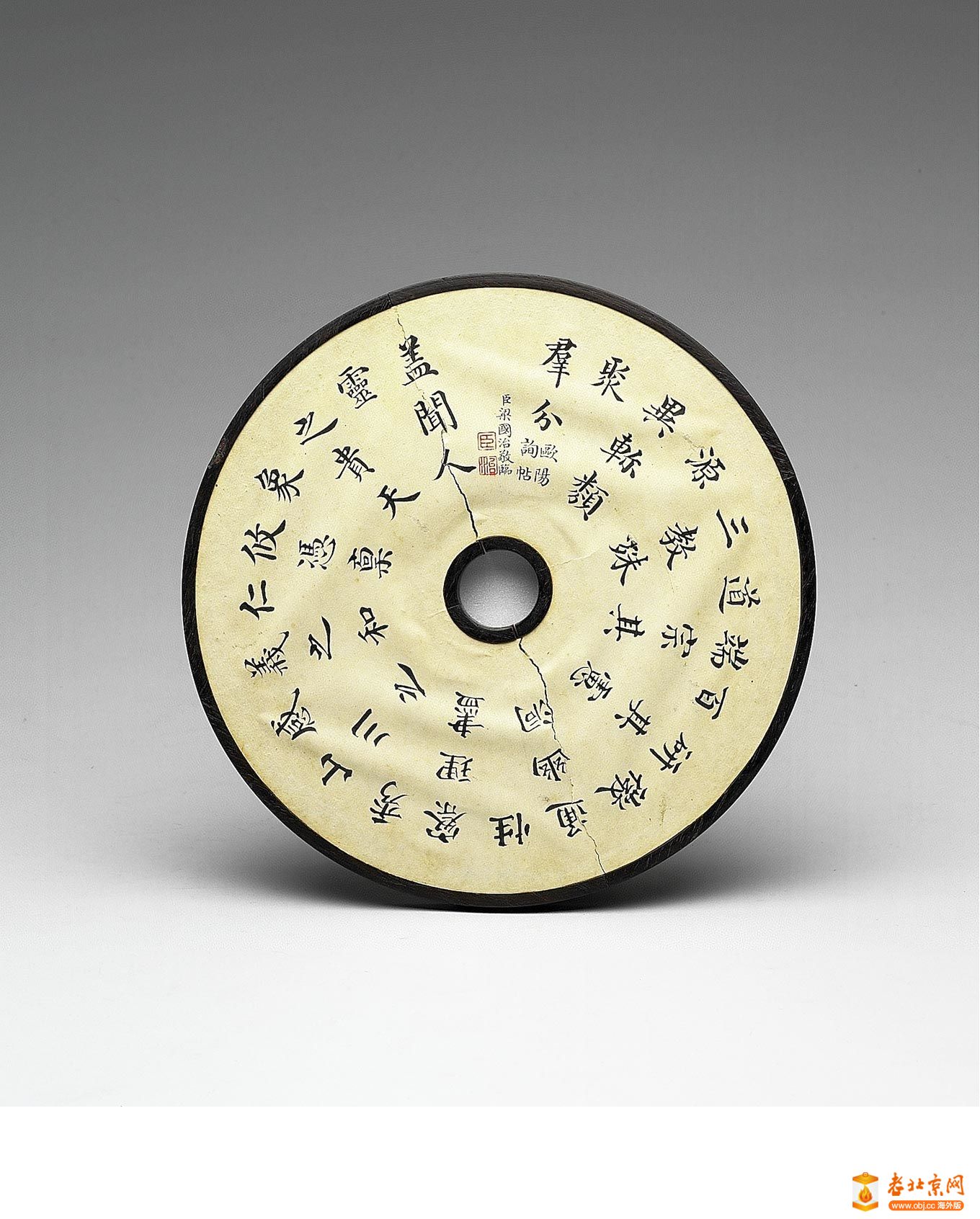
4 n& r3 r- Q+ S6 O' p; J
銅鏡的匣作裝裱 The mounting and cases of bronze mirrors

' E) c" J6 U" p" e M& I
銅鏡的匣作裝裱 The mounting and cases of bronze mirrors
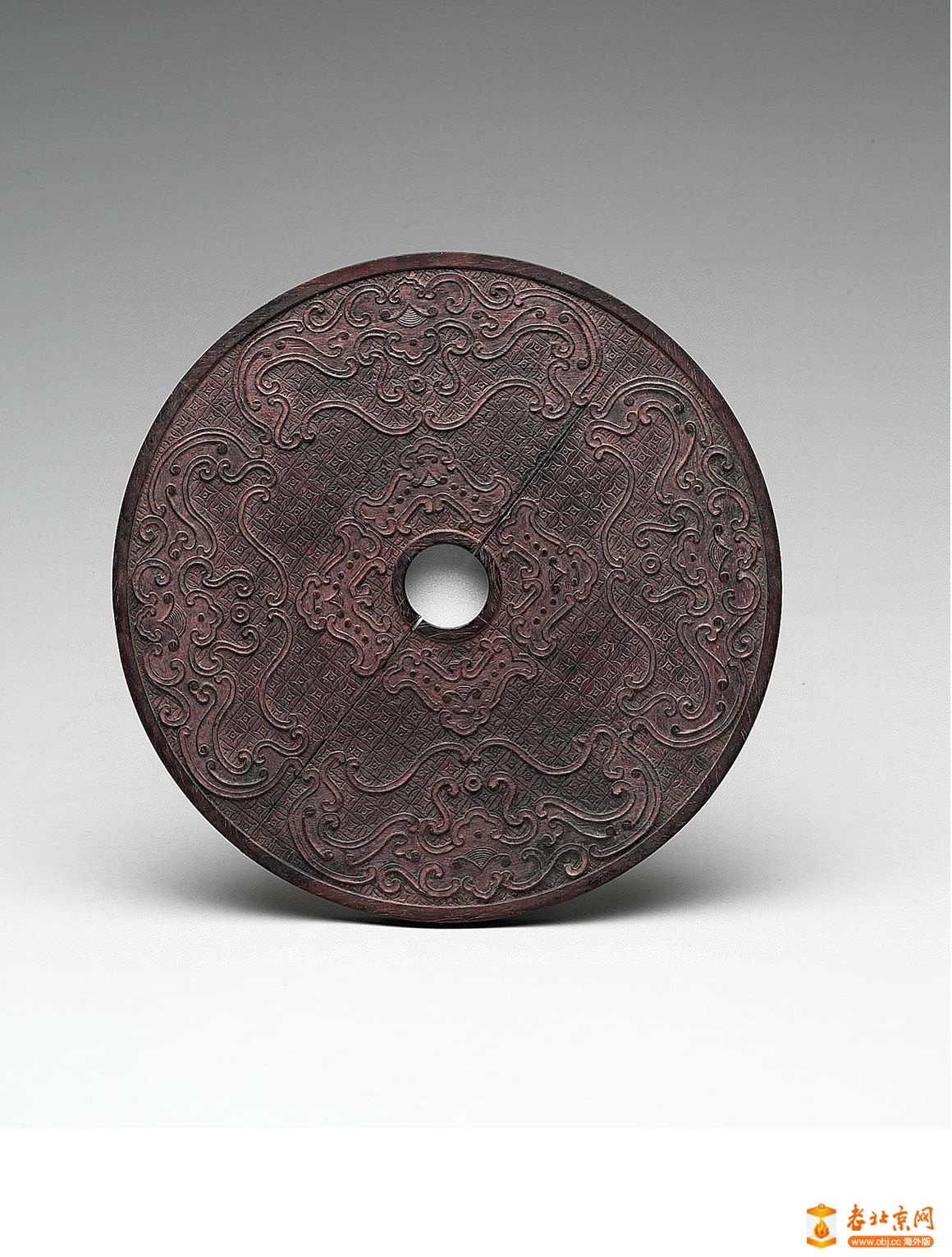
9 x& I- s$ X* A; D
銅鏡的匣作裝裱 The mounting and cases of bronze mirrors
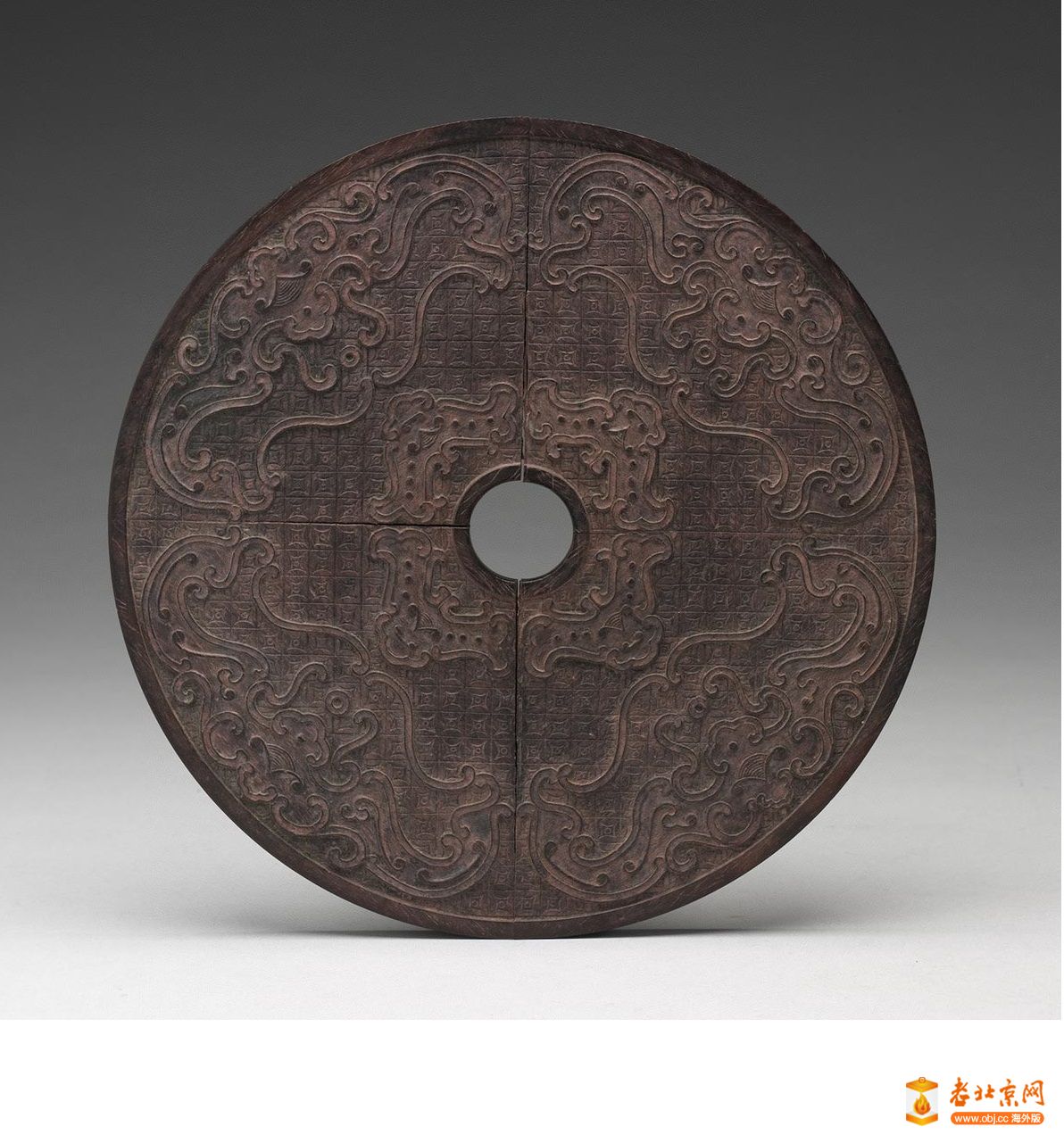
2 e- u, t- W# k
銅鏡的匣作裝裱 The mounting and cases of bronze mirrors
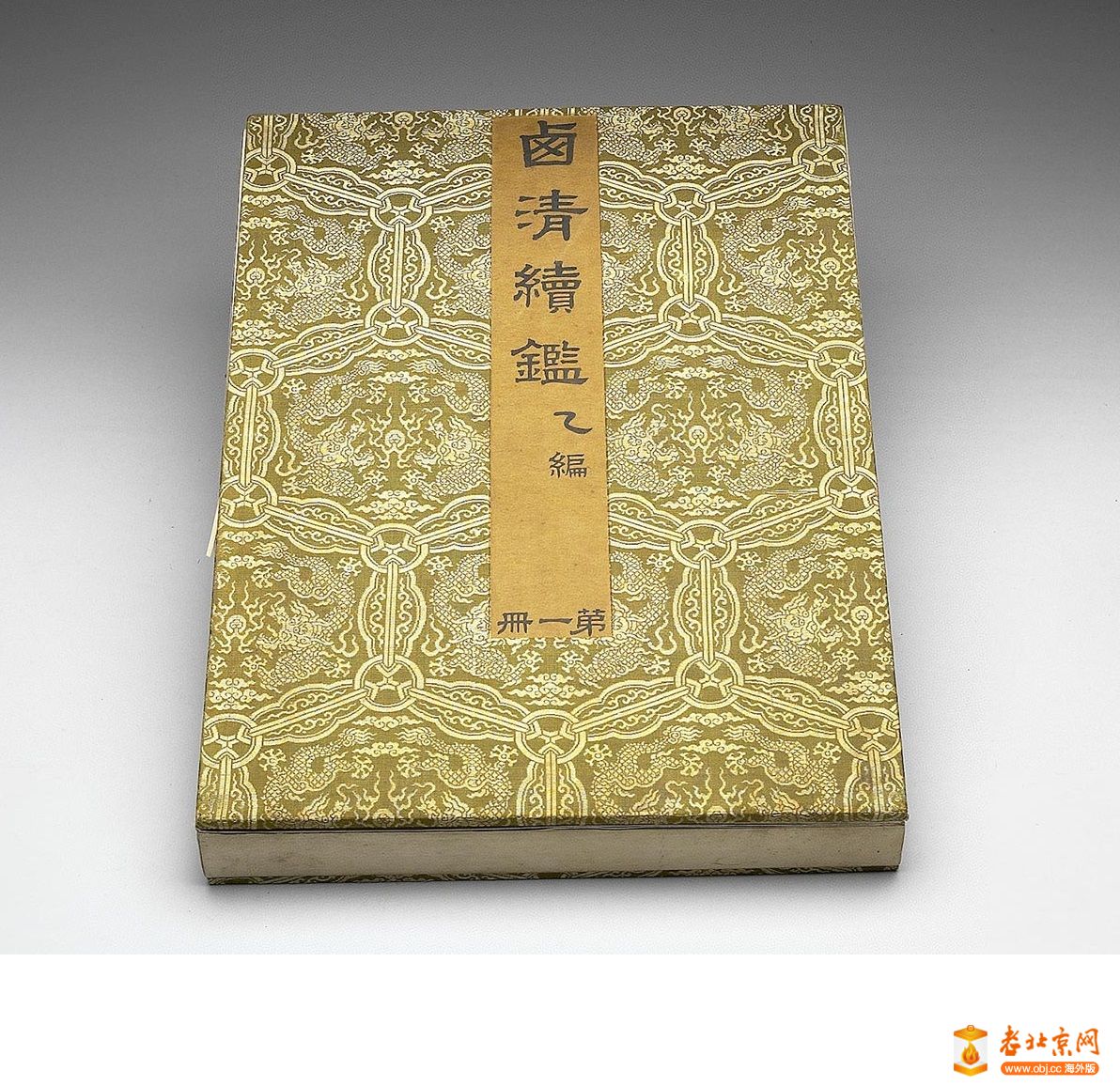
2 C5 ?9 |+ B! {' [$ ~1 x* V
銅鏡的匣作裝裱 The mounting and cases of bronze mirrors
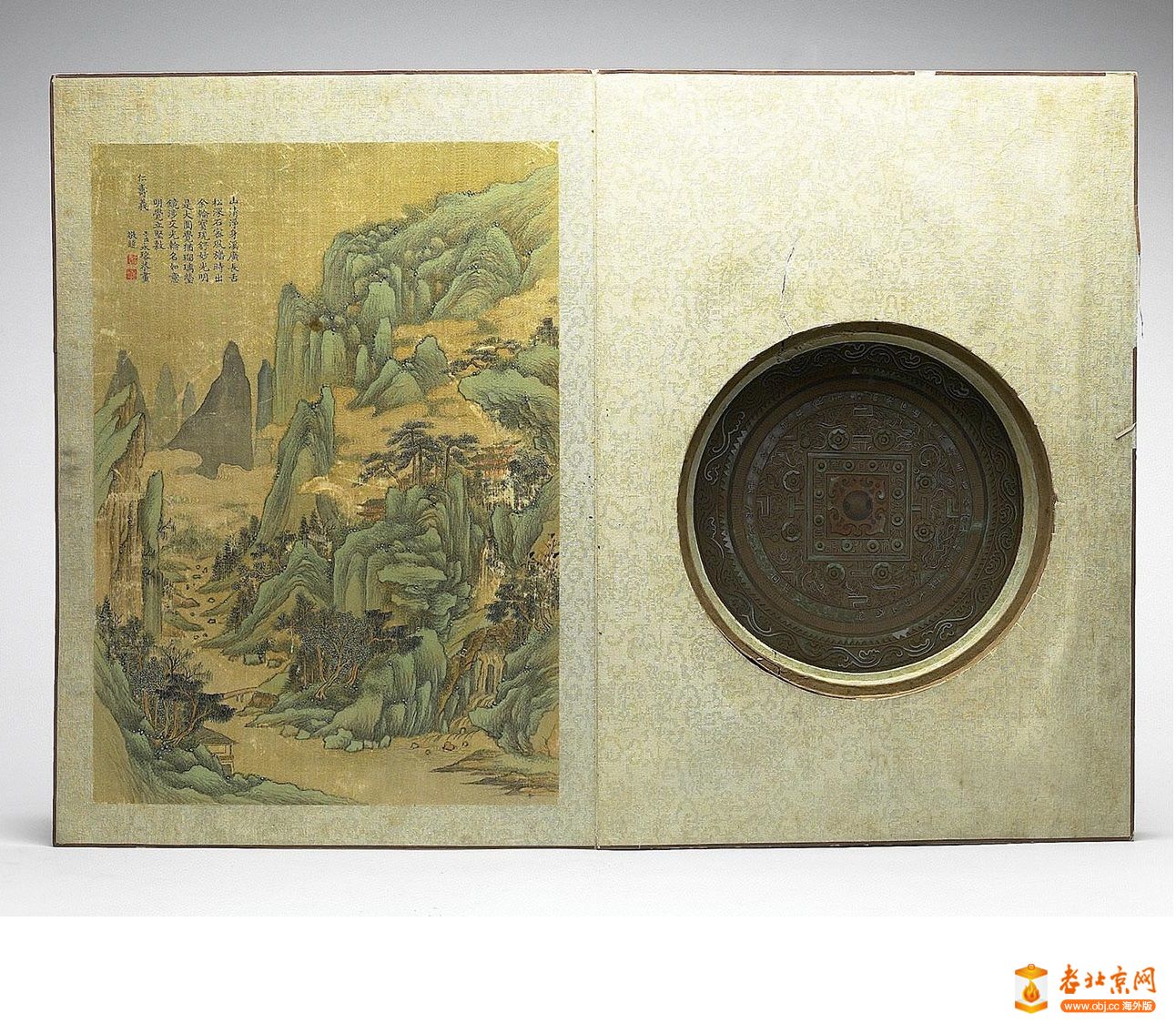
c$ c2 W1 w' M4 N" m2 m2 N& d
銅鏡的匣作裝裱 The mounting and cases of bronze mirrors
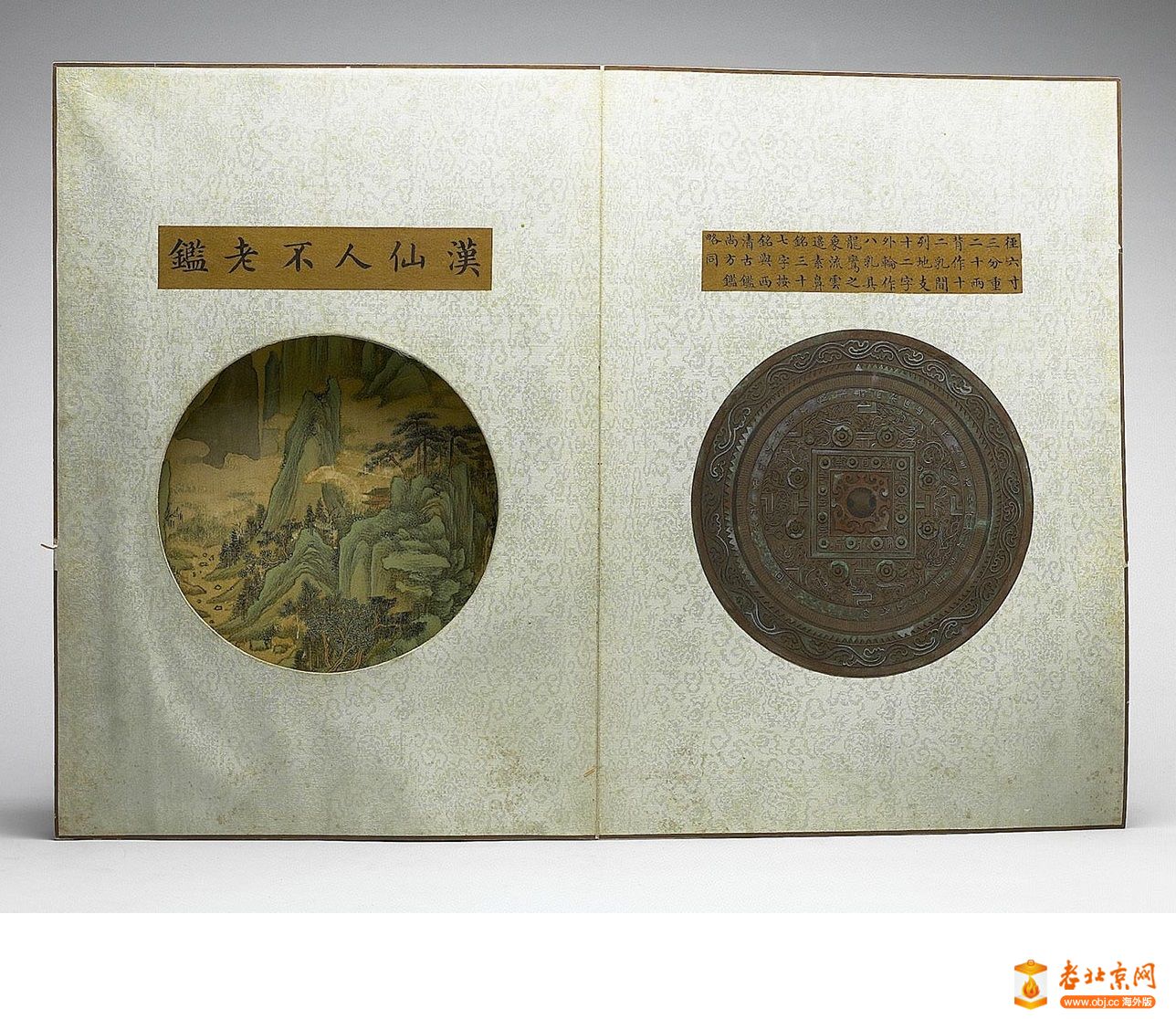
3 k4 B; F# E+ M: G
銅鏡的匣作裝裱 The mounting and cases of bronze mirrors
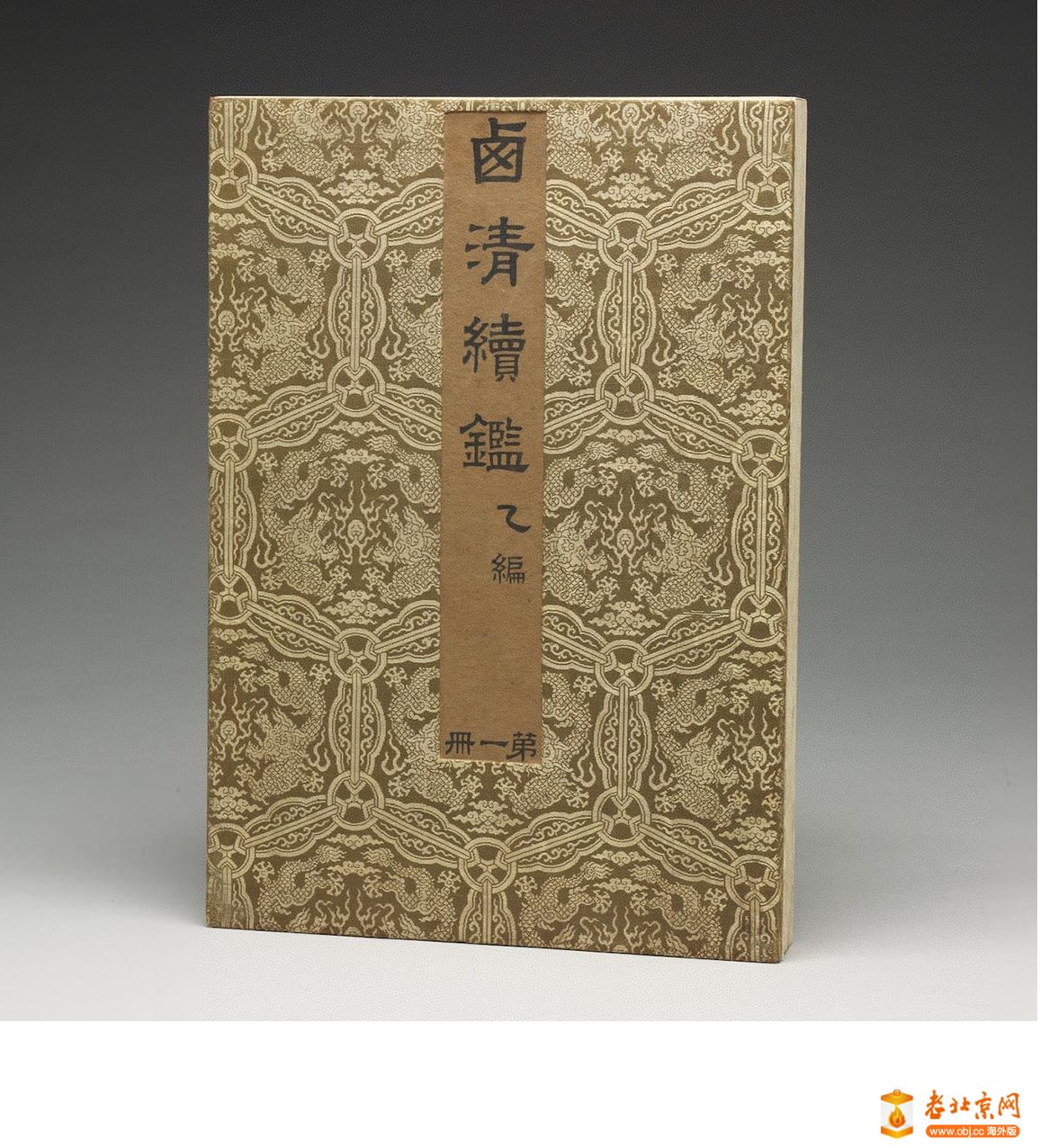
4 ?7 u6 f" n" `9 g0 V- v; @- r
銅鏡的匣作裝裱 The mounting and cases of bronze mirrors
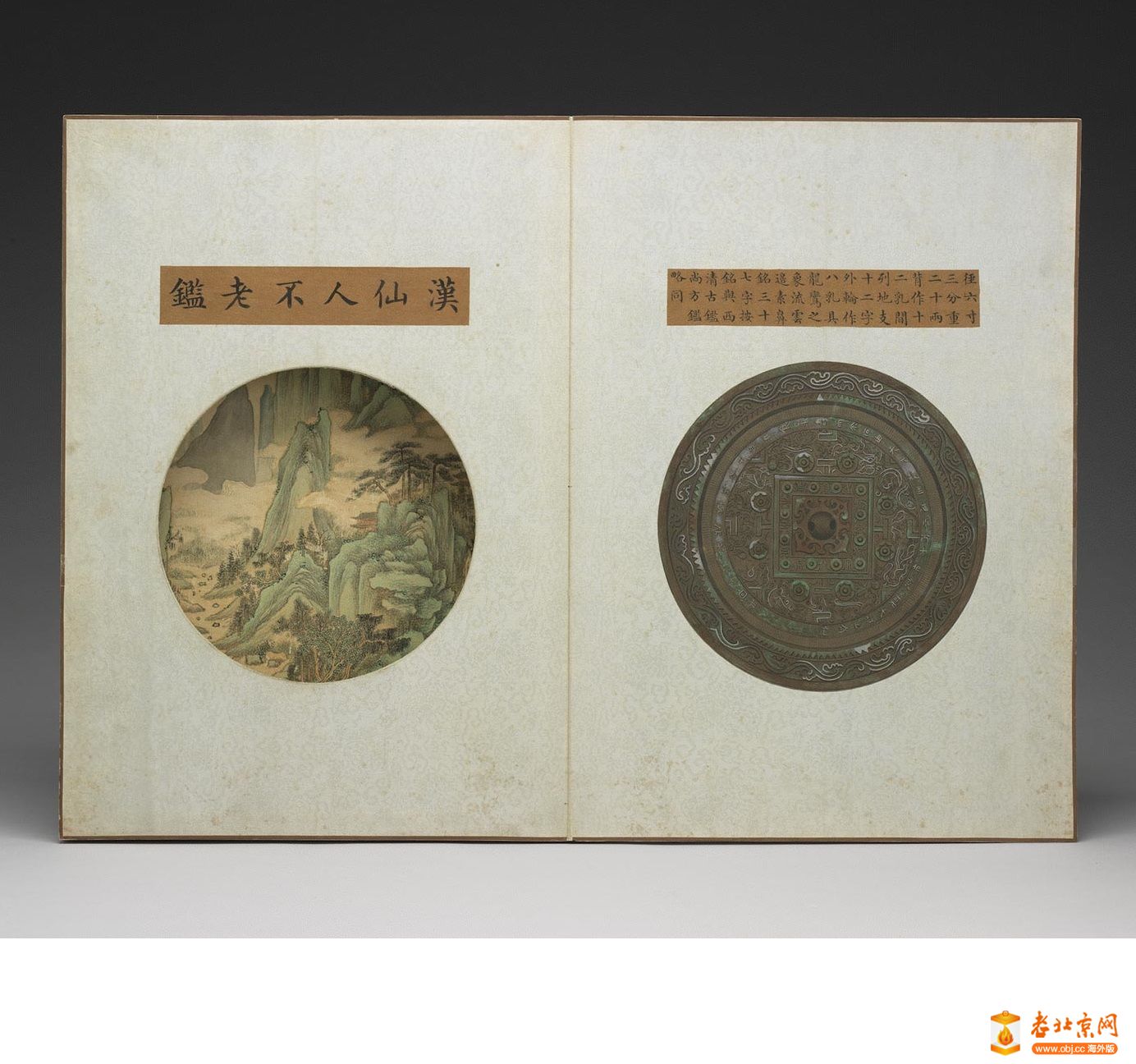
% _" \* g+ i z* c
銅鏡的匣作裝裱 The mounting and cases of bronze mirrors
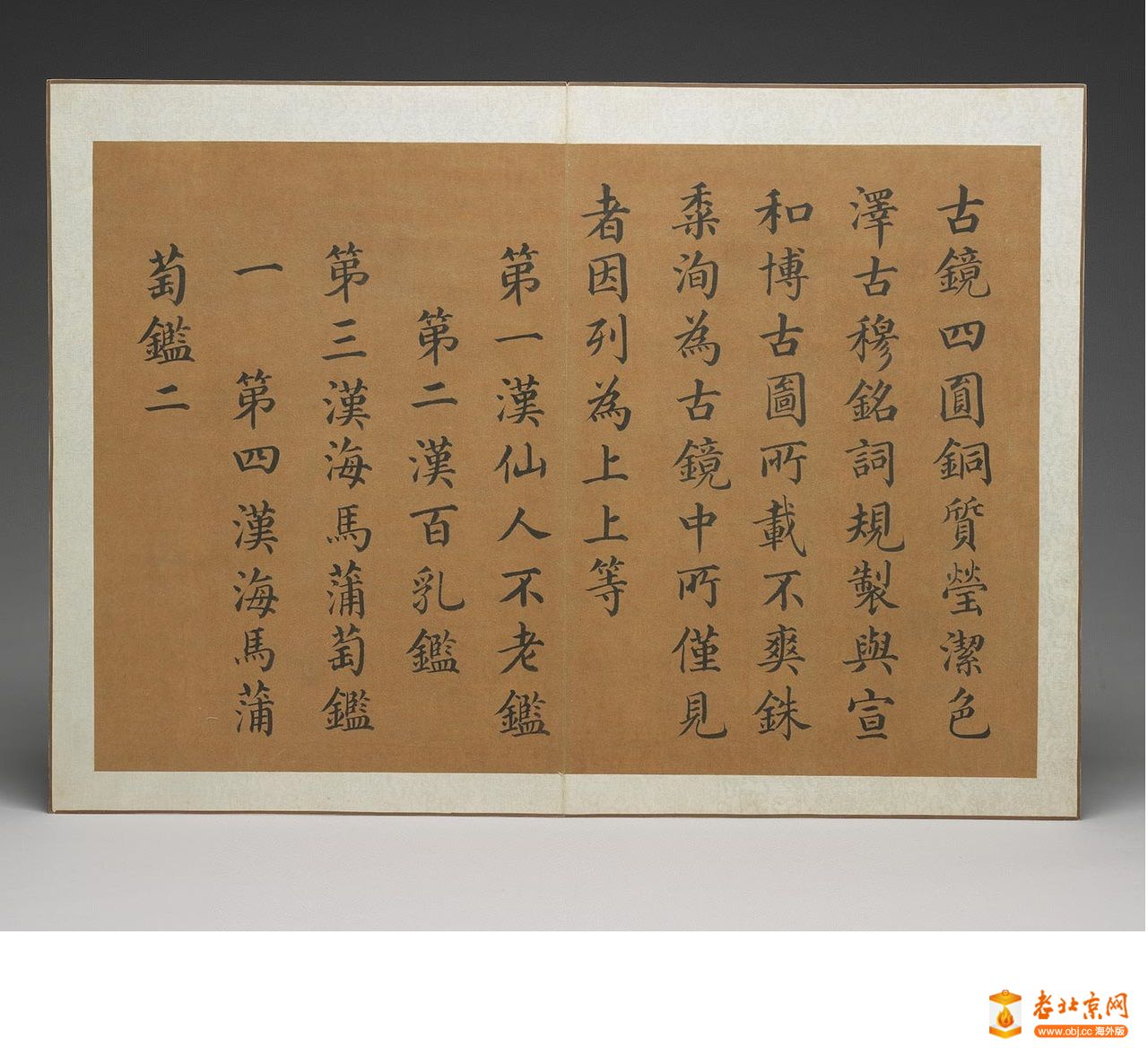
) z( d6 a* u0 f( c! d, E
銅鏡的匣作裝裱 The mounting and cases of bronze mirrors
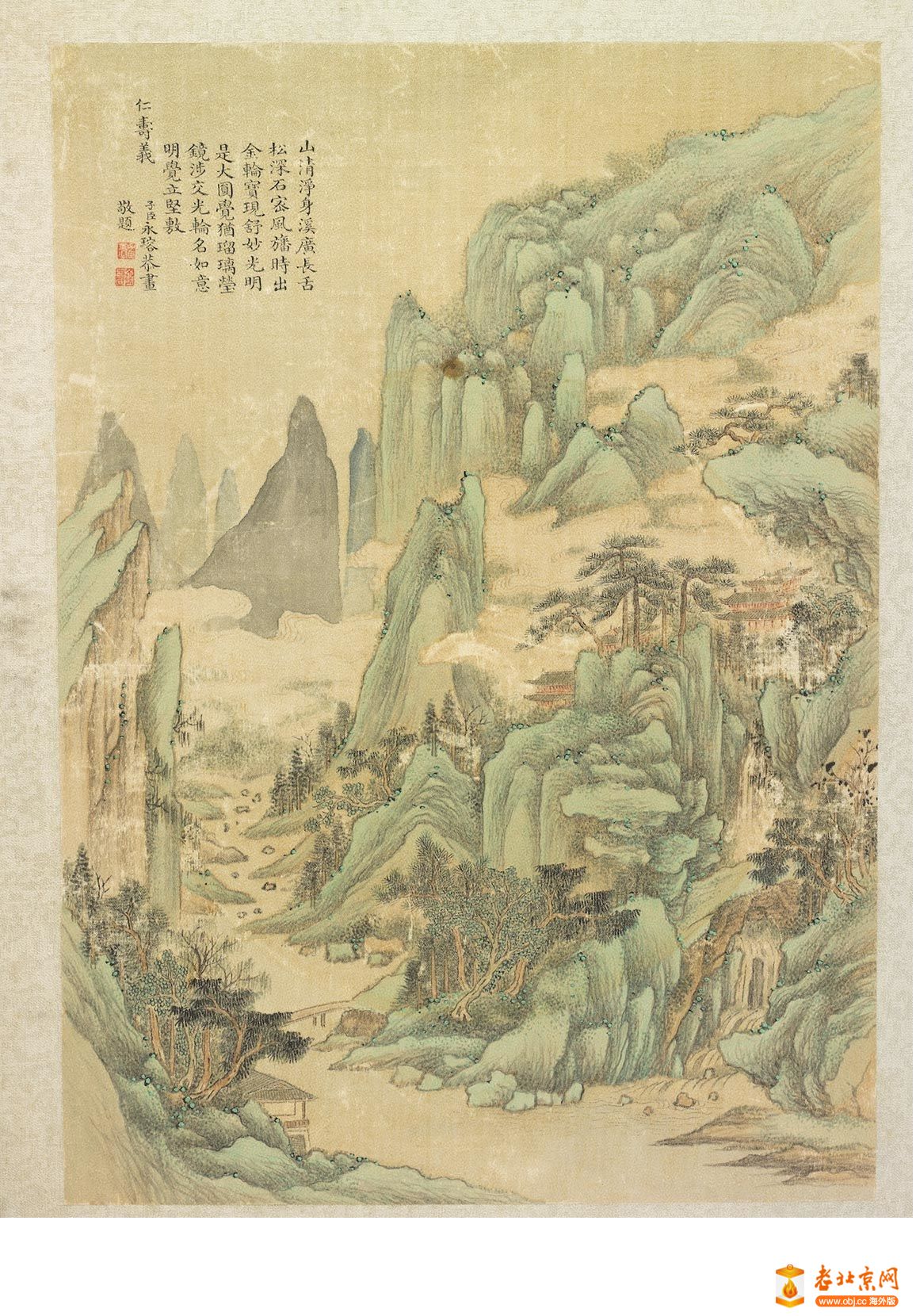
; S1 B+ D' a9 w, U) V
銅鏡的匣作裝裱 The mounting and cases of bronze mirrors

* z/ X c, p. s& p- V% p
. h( ]: R2 A2 l1 V- `/ Z
# F* }" ~1 i9 k3 y) O4 v" W
$ ?2 G; S4 q/ x3 t" G# l+ K& r; K
, M- p& f- g' w7 G& }
: F) b0 H1 k) i# ~/ A
v/ Z# i' k6 {( U9 h& W
- R2 h0 F3 A% i% e, W& v
4 `+ B2 o, K0 T( V8 W1 j, i |